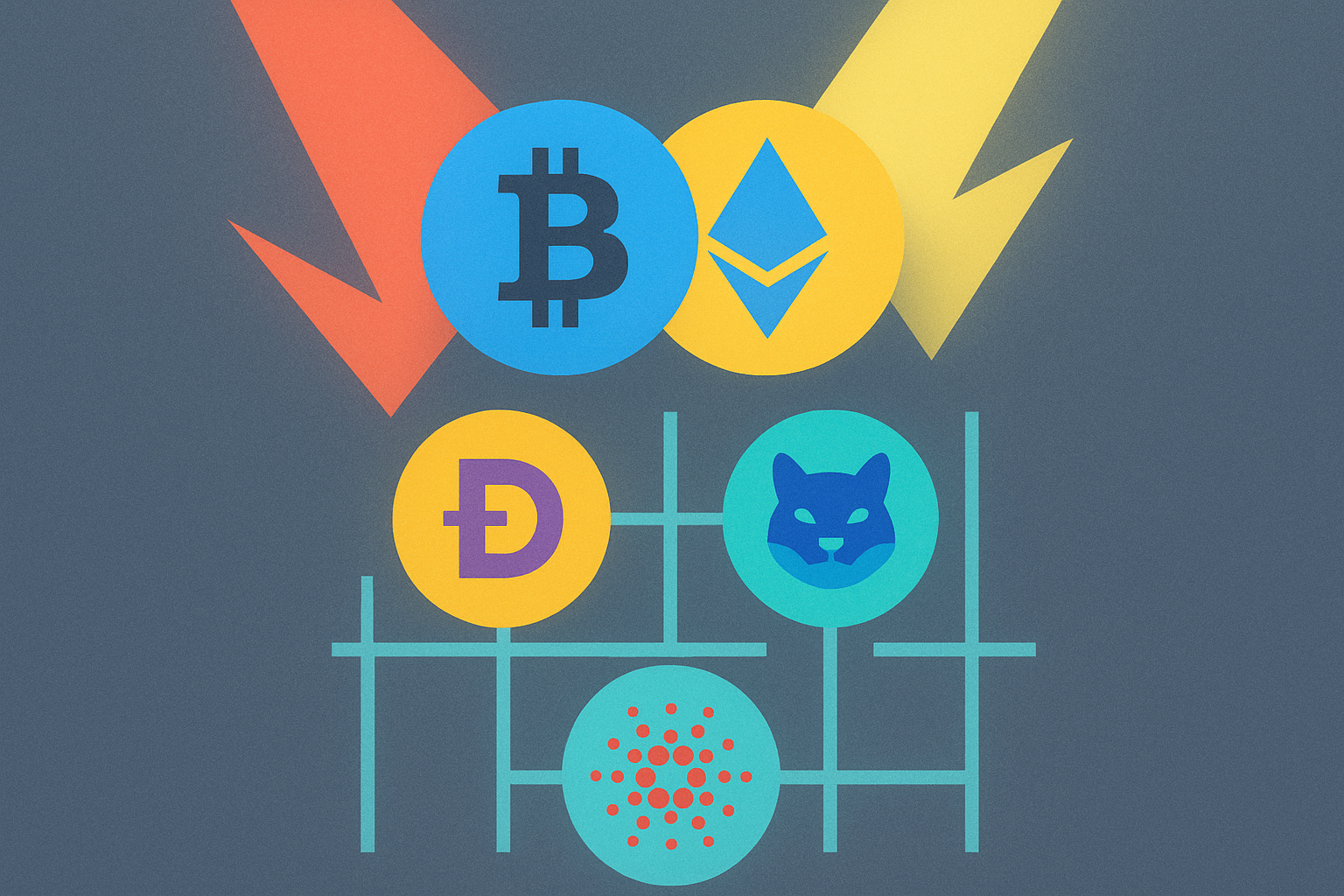Bitcoin Halving: Dahili Kıtlık Mekanizmasının Mantığını Kavramak

Halving: Bitcoin Kendi Kıtlığını Tasarlarken
Halving Süreci
Halving, Bitcoin ekosisteminde yaklaşık her dört yılda bir gerçekleşen önemli bir olaydır. Bitcoin’in ilk çıktığı günden beri koduna yerleştirilmiş olan bu mekanizma, yeni blok madenciliği ödülünün yarıya indirilmesini sağlar. Son halving etkinliği 2024’te gerçekleşti ve bu, Bitcoin’in 2009’daki başlangıcından beri dördüncü kez yaşandı. Yeni Bitcoin üretiminin sistematik olarak azaltılması, kripto paranın kıtlığını ve muhtemel değerini korumak açısından temel bir rol oynar.
Bitcoin’in Bilinçli Kıtlığı
Bitcoin, 2009’da 2008 küresel finans krizinin ardından, bilinçli olarak sınırlı bir varlık olarak üretildi. Euro veya dolar gibi geleneksel fiat para birimleri, merkez bankalarınca arzı kolayca artırılabilirken, Bitcoin’in toplam arzı 21 milyon birimle sabitlenmiştir. Bu üst limit, Bitcoin’in yaratıcısı Satoshi Nakamoto tarafından en başta belirlenmiştir. Sınırlı arz, Bitcoin’i klasik para birimlerinden ayıran temel bir özelliktir ve onun bir değer saklama aracı olarak algılanmasını sağlar.
Sınırlı Arzın Gerekçesi
Bitcoin’in arzının 2009’da sınırlandırılması rastgele bir karar değildi. Bu, fiat para birimlerinde sıkça görülen ve enflasyona, değer kaybına yol açan ‘para basma’ etkisini önlemek için tasarlandı. Önceden belirlenmiş ve değiştirilemez bir arz sınırı ile Bitcoin, değerini zaman içinde korumayı hedefler. Bu kıtlık modeli, doğal olarak sınırlı bir kaynak olan altınla benzerlik gösterir. Bitcoin protokolüne mühendislik yoluyla eklenmiş bu yapay kıtlık, aşırı arz yoluyla değer kaybına karşı dayanıklı ‘sert para’ oluşturmak için tasarlanmıştır.
Sonuç
Bitcoin’in halving mekanizması ve 2009’da belirlenen sabit arz sınırı, finans dünyasında onu öne çıkaran yenilikçi özelliklerdir. Bu nitelikler, enflasyona ve para değer kaybına karşı potansiyel bir koruma sunan kıt bir dijital varlık oluşturmak için geliştirilmiştir. Bitcoin olgunlaşmaya devam ettikçe, bu mühendislik ürünü kıtlık önlemleri kripto paranın gelecekteki değeri ve küresel finans sistemindeki yaygınlaşmasında belirleyici rol oynayacaktır.
SSS
Bitcoin ne zaman 1 dolar oldu?
Bitcoin, ilk kez Şubat 2011’de 1 dolar seviyesine ulaştı; bu, 2009’daki başlangıcından yaklaşık iki yıl sonraydı.
2010’da Bitcoin’e 1.000 dolar yatırsaydım bugün ne kadarım olurdu?
2010’da Bitcoin’e 1.000 dolar yatırmış olsaydınız, bugün yaklaşık 1,37 milyar dolarınız olurdu; bu, Bitcoin’in ilk günlerinden bu yana olağanüstü büyümesini ortaya koyar.
2009’da 1 Bitcoin kaç dolardı?
2009’da 1 Bitcoin’in değeri 0,0025 dolardı. Bu düşük başlangıç fiyatı, yıllar içinde hızla artarak Bitcoin’in olağanüstü büyümesini göstermiştir.
Kim 10.000 Bitcoin ile pizza aldı?
Bitcoin’in ilk geliştiricilerinden ve madencilerinden Laszlo Hanyecz, 2010’da iki büyük Papa John’s pizzası için 10.000 BTC ödedi ve bu olay Bitcoin Pizza Günü’nün başlangıcı olarak kabul edilir.

Günlük Kazılan Toplam Bitcoin Miktarı

Yaklaşan Bitcoin Halving: Kritik Tarihler ve Geri Sayım

Bitcoin’in Arz Sınırı: Toplam Kaç Bitcoin Mevcut?

Bitcoin’in Güncel Dolaşımı ve Arz Analizi

Bitcoin Madencilik Ödüllerinin Mantığını Kavramak: Teşvik Mekanizmasının Açıklaması

Dijital varlık listelemelerinde öne çıkan değişiklikler: Dogecoin, Shiba Inu ve Cardano HODL sahipleri için etkileri







